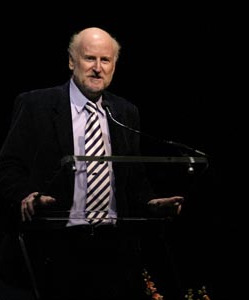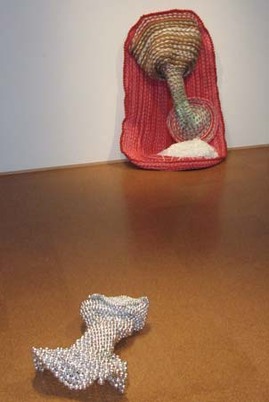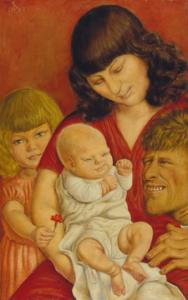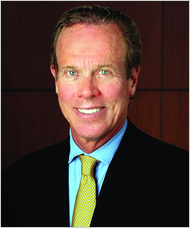A couple of weeks ago, the Nonprofit Finance Fund, which makes loans and provides financial consultations, released the results of its annual State of the Sector survey. In this year’s edition, of 1,315 nonprofit leaders, it found most were bracing for a tough 2010. No surpise, there.
 But it also found, in the arts sector, that many want help with their boards — maybe that’s no shock either, but it speaks to an issue I’ve mentioned before as worrisome.
But it also found, in the arts sector, that many want help with their boards — maybe that’s no shock either, but it speaks to an issue I’ve mentioned before as worrisome.
In general, across all kinds of non-profits — arts, human services, environment, education, animal welfare, etc.:
Nearly 90% expect 2010 to be as difficult or more difficult than 2009; only 12% expect 2010 to be financially easier for their organizations.
80% of nonprofits anticipate an increase in demand for services in 2010; 49% expect to be able to fully meet this demand level.
Only 18% of organizations expect to end 2010 above break-even; 35% of organizations ended 2009 with an operating surplus.
The majority – 61% – have less than three months of cash available; 12% have none.
Arts groups made up the biggest component — 32% — of respondents, but I still wanted to see just the arts’ picture. I asked the Nonprofit Finance Fund for the results just from those 417 arts leaders, and it obliged. Here are a few interesting points I pulled from them:
–54% experienced an increase, slight or significant, in demand for their services in 2009, but 64% expect an increase in 2010.
–In 2009, 37% had an operating deficit, while 26% expect to have a deficit this year.
–In 2009, 32% had an operating surplus, but only 26% expect a surplus this year.
–28% could not fully meet demand last year, and 34% do not believe they will this year.
–13% have no cash reserve, and only 16% had more than six months’ worth of cash in reserve. The vast majority — 65% — have less than 3 months cash on hand.
[Read more…] about Worrisome Numbers For 2010 Budgets And Boards

 The article also disclosed that Landesman is “hoping to make an end run” around his budget constraints by forging collaborations with agencies that have more money, like the Housing and Urban Development and Transportation departments. Let’s hope he does get that on down on paper.
The article also disclosed that Landesman is “hoping to make an end run” around his budget constraints by forging collaborations with agencies that have more money, like the Housing and Urban Development and Transportation departments. Let’s hope he does get that on down on paper. 
 Although I have a hard time with his sexual murder pieces, his portraits are fantastic (see some on the WSJ slide show). And although they are not his best, I enjoyed looking at most of the paintings that he toned down, for various reasons.
Although I have a hard time with his sexual murder pieces, his portraits are fantastic (see some on the WSJ slide show). And although they are not his best, I enjoyed looking at most of the paintings that he toned down, for various reasons.  His death on March 25, at age 66, has been ruled a suicide. It was not a heart attack, as I orignally reported here. The Dallas Morning News was the source of the original obit, and is also the source for the update (
His death on March 25, at age 66, has been ruled a suicide. It was not a heart attack, as I orignally reported here. The Dallas Morning News was the source of the original obit, and is also the source for the update (